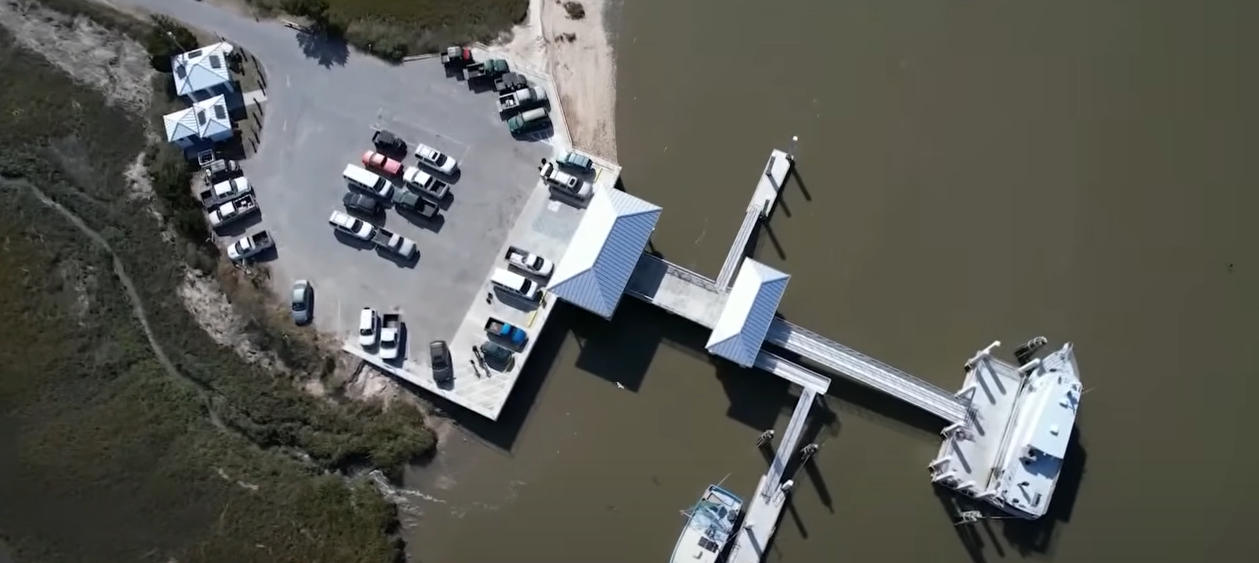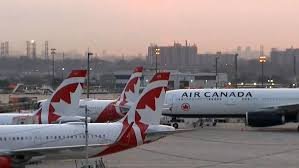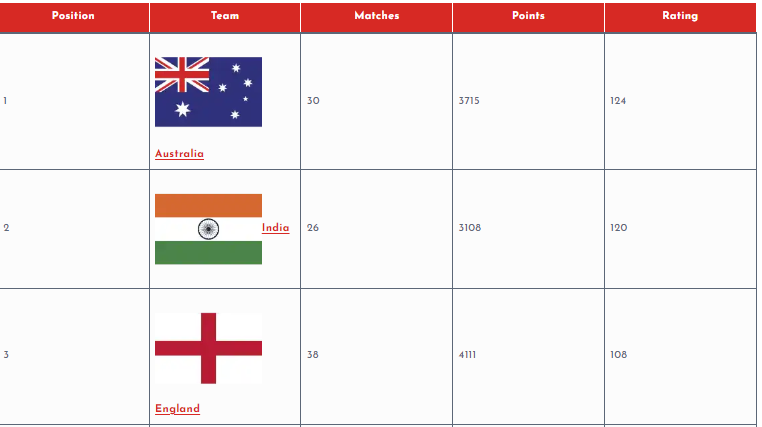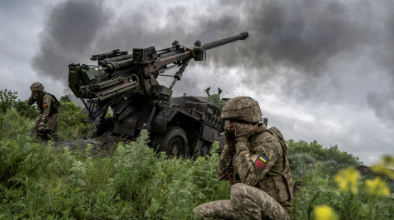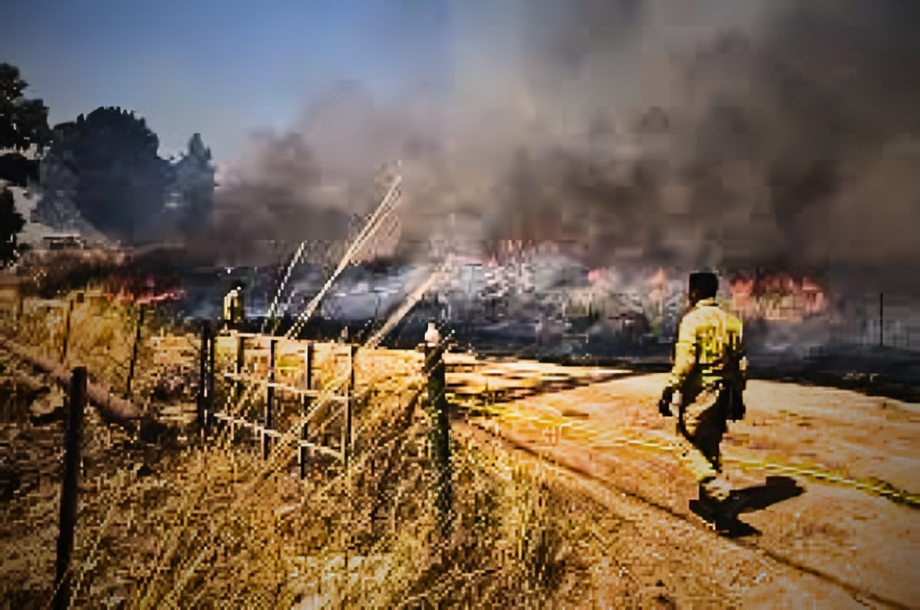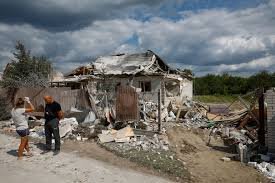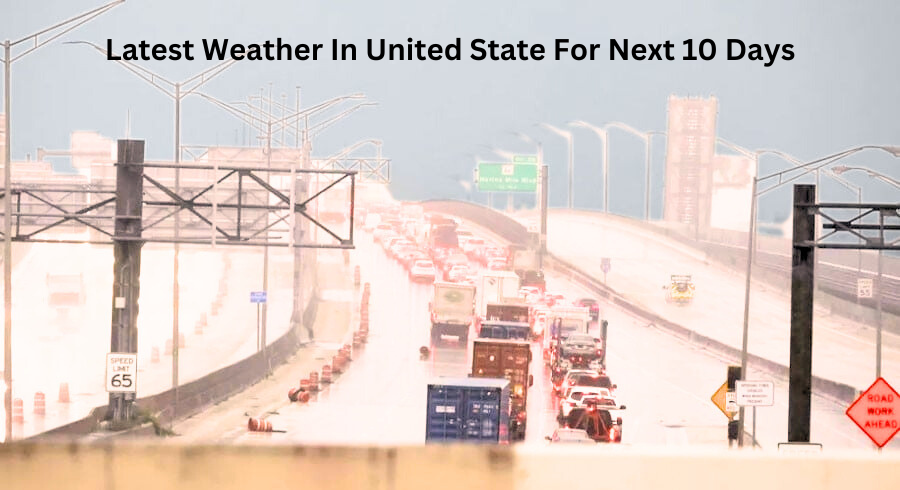
The weather in the United States varies widely due to its large geographical size and diverse topography. From snowy mountains to sunny beaches, the country experiences all types of weather, making it unique and interesting.
Different Climate Zones
The USA has multiple climate zones, each offering different weather conditions. Here are some of the main ones:
Tropical Climate In states like Florida and Hawaii, the tropical climate dominates. These areas enjoy warm temperatures year-round, with lots of rain in the summer. The tropical climate brings humid weather, making these regions ideal for vacations and beach activities.
Arid Climate The southwestern parts of the country, like Arizona and Nevada, have an arid climate. These areas receive very little rainfall and experience extreme heat in the summer. In places like the Grand Canyon, temperatures can soar over 100°F (37°C).
Temperate Climate Much of the central and northeastern USA enjoys a temperate climate. States like New York, Illinois, and Pennsylvania experience four distinct seasons—spring, summer, fall, and winter. Summers are warm, while winters can bring snow and freezing temperatures.
Continental Climate The interior regions, such as the Midwest and the Great Plains, have a continental climate. Winters are cold and snowy, while summers can be hot. Tornadoes are also common in these regions due to the meeting of cold and warm air masses.
Polar Climate Alaska, the northernmost state, experiences a polar climate, especially in its northern areas. Winters are long and extremely cold, with temperatures often falling below 0°F (-18°C). Summers are short and mild, but some parts of Alaska remain snow-covered all year round.
Weather Patterns in Different Seasons
The USA experiences varying weather patterns throughout the year. Here’s a look at what you can expect in each season.
Winter (December to February)
Winter in the USA brings cold temperatures, especially in the northern and central states. Snow is common in many parts, especially in the Midwest and Northeast. Ski resorts in Colorado and Utah see heavy snowfall, making them popular tourist destinations. However, southern states like Texas and California remain relatively warm.
Spring (March to May)
Spring brings milder temperatures and blooming flowers. However, this season also marks the beginning of tornado season in the central USA. States like Oklahoma and Kansas often experience tornadoes during this time. Rain showers are frequent, and thunderstorms can occur in the Southeast.
Summer (June to August)
Summer is the warmest season, with temperatures often rising above 90°F (32°C) in many areas. The Southeast experiences high humidity, while the Southwest is hot and dry. The West Coast enjoys more moderate temperatures due to its proximity to the Pacific Ocean. Coastal areas like California and Oregon attract tourists looking for sunny, pleasant weather.
Fall (September to November)
Fall is marked by cooler temperatures and vibrant foliage, especially in the Northeast. The season brings relief from the summer heat and offers more comfortable weather for outdoor activities. Hurricane season continues in the southern states, with the possibility of storms hitting Florida, Texas, and Louisiana.
Extreme Weather Events
The USA is no stranger to extreme weather events. From hurricanes to wildfires, the country faces many natural challenges.
Hurricanes
Hurricanes are common along the Gulf Coast and the southeastern states. These storms bring heavy rain, strong winds, and flooding. The hurricane season typically lasts from June to November, with the most intense storms occurring in late summer.
Tornadoes
The central USA, often referred to as “Tornado Alley,” experiences a high number of tornadoes each year. These violent storms can cause significant damage and occur mainly in the spring and early summer.
Wildfires
The western USA, particularly California, faces a high risk of wildfires during the dry summer months. High temperatures and dry conditions make these areas prone to fire outbreaks, often leading to evacuations and widespread destruction.
Preparing for Weather in the USA
Given the country’s diverse climate, it’s important to be prepared for varying weather conditions. Here are some tips for different weather events:
For cold winters: Ensure you have warm clothing and prepare your home for snow and ice.
For hot summers: Stay hydrated and use sunscreen if spending time outdoors.
For hurricanes: If you live in hurricane-prone areas, have an emergency kit and evacuation plan ready.
For tornadoes: Identify a safe room in your home, such as a basement or interior room, where you can take shelter.
For wildfires: Keep your home fire-resistant by removing dry vegetation and having an evacuation plan in place.
The climate within the usa varies widely due to its big geographical size and diverse topography. From snowy mountains to sunny seashores, the united states experiences all sorts of climate, making it precise and thrilling.
different climate Zones
the us has more than one climate zones, every imparting distinctive climate situations. right here are some of the main ones:
Tropical weather In states like Florida and Hawaii, the tropical weather dominates. those areas enjoy warm temperatures yr-round, with plenty of rain in the summer. The tropical climate brings humid weather, making those regions ideal for holidays and seashore sports.
Arid climate The southwestern components of the united states, like Arizona and Nevada, have an arid climate. these areas acquire little or no rainfall and revel in severe warmness in the summer. In locations like the Grand Canyon, temperatures can jump over one hundred°F (37°C).
Temperate weather tons of the relevant and northeastern u.s.a. enjoys a temperate climate. States like big apple, Illinois, and Pennsylvania experience 4 distinct seasons—spring, summer time, fall, and wintry weather. Summers are heat, whilst winters can carry snow and freezing temperatures.
Continental climate The indoors regions, such as the Midwest and the extremely good Plains, have a continental weather. Winters are bloodless and snowy, while summers can be hot. Tornadoes are also common in these areas because of the meeting of cold and heat air loads.
Polar weather Alaska, the northernmost country, studies a polar weather, mainly in its northern regions. Winters are lengthy and extremely bloodless, with temperatures frequently falling beneath zero°F (-18°C). Summers are short and moderate, however a few parts of Alaska continue to be snow-covered all yr spherical.
climate patterns in special Seasons
america experiences varying weather styles throughout the year. here’s a examine what you may expect in every season.
iciness (December to February)
wintry weather in the u.s. brings bloodless temperatures, in particular inside the northern and principal states. Snow is commonplace in lots of parts, specifically inside the Midwest and Northeast. Ski motels in Colorado and Utah see heavy snowstorm, making them famous traveler destinations. however, southern states like Texas and California continue to be rather heat.
Spring (March to may additionally)
Spring brings milder temperatures and blooming flowers. however, this season also marks the beginning of twister season inside the critical united states of america. States like Oklahoma and Kansas frequently experience tornadoes in the course of this time. Rain showers are frequent, and thunderstorms can occur in the Southeast.
summer season (June to August)
summer time is the warmest season, with temperatures regularly rising above ninety°F (32°C) in many regions. The Southeast studies excessive humidity, at the same time as the Southwest is hot and dry. The West Coast enjoys more moderate temperatures due to its proximity to the Pacific Ocean. Coastal regions like California and Oregon appeal to vacationers searching out sunny, first-rate weather.
Fall (September to November)
Fall is marked by means of cooler temperatures and colourful foliage, specifically within the Northeast. The season brings remedy from the summer heat and offers greater secure climate for outdoor sports. typhoon season keeps in the southern states, with the opportunity of storms hitting Florida, Texas, and Louisiana.
extreme climate activities
the usa is no stranger to intense climate occasions. From hurricanes to wildfires, the united states of america faces many natural challenges.
Hurricanes
Hurricanes are common along the Gulf Coast and the southeastern states. those storms carry heavy rain, robust winds, and flooding. The hurricane season normally lasts from June to November, with the maximum extreme storms occurring in late summer.
Tornadoes
The primary u.s., regularly called “twister Alley,” reviews a high quantity of tornadoes every 12 months. these violent storms can reason full-size harm and occur particularly in the spring and early summer time.
Wildfires
The western usa, in particular California, faces a excessive chance of wildfires all through the dry summer time months. high temperatures and dry conditions make those areas prone to fire outbreaks, often leading to evacuations and widespread destruction.
preparing for climate in the u.s.a.
Given the usa’s numerous weather, it’s critical to be prepared for varying climate situations. here are a few guidelines for unique climate occasions:
For cold winters: make certain you’ve got warm clothing and put together your own home for snow and ice.
for decent summers: stay hydrated and use sunscreen if spending time outside.
For hurricanes: if you stay in storm-prone regions, have an emergency kit and evacuation plan equipped.
For tornadoes: perceive a safe room in your private home, such as a basement or interior room, in which you can take safe haven.
For wildfires: preserve your property fireplace-resistant via disposing of dry flora and having an evacuation plan in region.



















